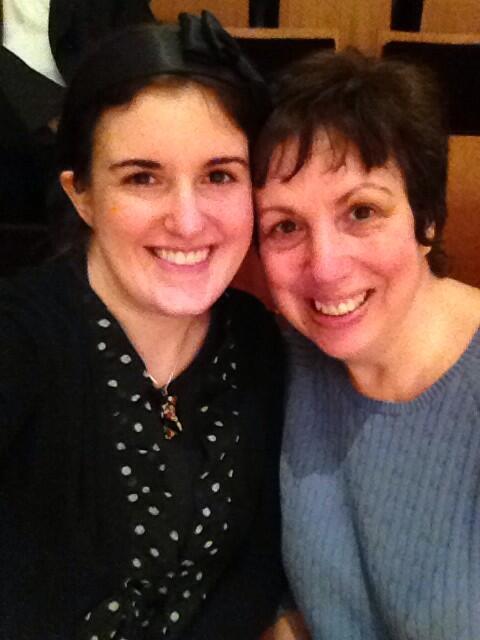Happy Veterans Day Weekend, everyone!
It seems an oxymoron to call it “happy,” but it is indeed a celebration, though of a somber sort, recognizing all those who have fought for us. Some have given the ultimate sacrifice of their lives, and all have given a sacrifice of some sort, visible or otherwise.
That’s why I was drawn to this article in The New Yorker, exploring the way so many soldiers are affected by P.T.S.D., and what we can do about it. When I sought to say something meaningful about this day (Remembrance Day, Poppy Day, etc. in other countries), I looked first to other stories. Perhaps it’s the writer in me, but when I seek to find meaning in events, in experiences, I look for the stories–to read, or to tell myself.
This article, published in 2008 but more relevant with each passing day, explores the conundrum of what happens when soldiers come back from war–but really, it’s relatable to anyone who has ever been through anything traumatic (so, everyone). I related to it on several fronts–having experienced trauma, myself, with my traumatic brain injury and thankfully being required to see a psychologist as part of my treatment plan. Not to put my experience on the same plane of heroism as a soldier’s, but I think it is a natural human tendency to dismiss your own feelings when you’re in a situation of huge stress/trauma–your instinct is just to get through it, overcome it, and “level up” into a greater version of yourself, having completed a huge act of fortitude, physically and emotionally.
Except–how can you “level up” emotionally when you had to focus on the physical getting-through of the event, not acknowledging (or even noticing) the huge emotional minefield around you? It doesn’t matter how “tough” anyone thinks s/he is (a common mentality, the article interviewee noted, in the armed forces)–a traumatic event needs to be unpacked. According to the article from nine years ago–meaning the number can only have risen–“According to a recent study by the Rand Corporation, nearly twenty per cent of Iraq and Afghanistan war veterans are suffering from P.T.S.D. or major depression. Almost half won’t seek treatment.”
The key in treatment, says the article, is dissociating environmental or situational stimuli with the traumatic event of the past. I love that medical science is disarming the blanket stigma against video games and tapping into their potential use outside of just entertainment. While I was lucky to experience some high-tech and even virtual reality devices as part of my therapy treatment at Marianjoy during my TBI recovery, what they have now is even more impressive.
So, speaking of “leveling up,” when I read that virtual reality video games are now starting to be used to treat P.T.S.D. with a high degree of success, I was thrilled. It seems like an “of course” idea, but it took a lot of work for them to get a military training platform, turned video game, turned treatment option, into clinics. Just like any dangerous physical venture, it’s important to have a trained guide (here, therapist/psychologist) lead you through the experience and be able to pull you out if it gets too hazardous.
While the whole story was touching and engaging, the line that made me cry was the last one–a soldier who had found immense relief from this virtual reality treatment:
“Most of the intrusive thoughts have gone away,” he said. “You never really get rid of P.T.S.D., but you learn to live with it. I had pictures of my team leader [who was like a brother, killed in front of me] that I couldn’t look at for three years. They’re up on my wall now.”
Wow.
It gives me hope for our veterans, whom I respect and feel we owe so much. If you have wondered, like me, what we can do to help our disabled and otherwise injured veterans, besides buying the cute little poppies from volunteers selling Tootsie Rolls, this CNN article gives a fantastic list of simple, but impactful, ways to help. I also encourage you to think of your own talents and how you can share them. “Talent” is, perhaps, a generous word to apply to my musical skills, but my singalong string band, the Pennies from Heaven, likes to lead carols at our local VA hospital every Christmas, bringing a sense of home, familiarity, normality, and warm memories to those who can’t be “Home for Christmas” (a heartbreakingly common song request from the veterans we play for). The biggest thing we notice from anywhere we play (hospitals, nursing homes, etc.) is that people appreciate the company–bringing the outside world in is a helpful way to help anyone acclimate to daily life. So if your talent is just being a good listener or a good storyteller–I promise you your gift of time and company will be appreciated, even if you can’t see it at first glance–it may mean the world to a veteran or other patient.
I’ll leave you with one more suggestion–to read this moving poem by Lieutenant Colonel John McCrae, MD, who was inspired to write it after presiding over the funeral of a fellow soldier and friend who had fallen in battle in 1915. It’s something I do every Veterans Day, to connect with this day of remembrance, which was established at the end of the very war that inspired this poem (hence the November 11th observation every year):

























